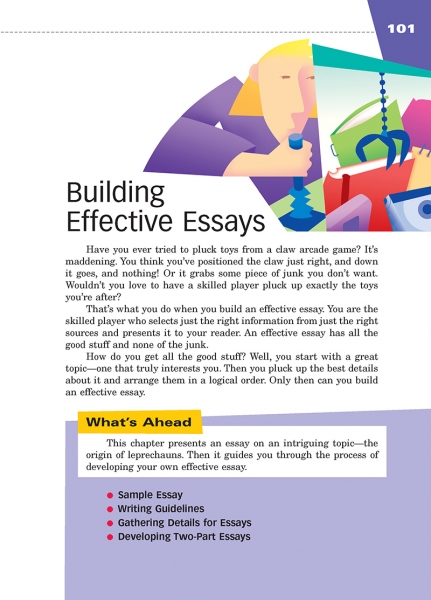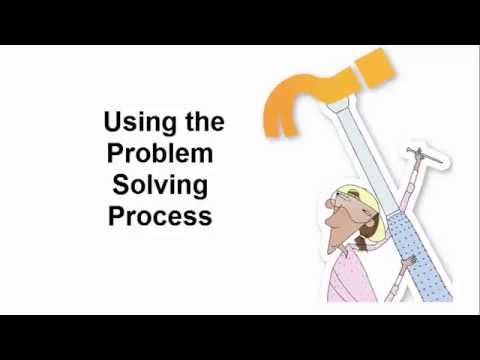Page 101 from

Start-Up Activity
Say to your students, "Look at your desks. Where did they come from?" Someone might answer that the school bought them. Probe further. "Bought them from whom?" Students might guess about manufacturers, might even find trademarks written on the desks. "Where did that company get them?" Students will perhaps point out that the company made the desks. "From what?" Keep probing, helping students realize that the metal materials had to be mined from the earth and turned from iron to steel, and then shaped into legs and other parts, and the wooden pieces had to come from trees felled and milled and shaped, and the plastic pieces came from oil pumped from the ground and transformed into a flexible, durable form. "Your desks are marvels. They exist because of a long line of intentional labor, and they make it possible for you to sit here and learn in this class."
Most of the good stuff in life was built by people in the same fashion. A great deal of time and energy goes into gathering the raw materials and shaping them into useful pieces and assembling them into a final product. Writing is just the same. Instead of gathering iron, wood, and oil, though, students gather ideas from many sources. They put the ideas together in new, useful, sometimes amazing forms. That's what an essay is: a structure for thought that supports readers just like a desk supports students.
Think About It
“When I get a new idea, I start at once building it up in my imagination, and make improvements and operate the device in my mind. When I have gone as far as to embody everything in my invention, every possible improvement I can think of, and when I see no fault anywhere, I put into concrete form the final product of my brain.”
—Win Ng


